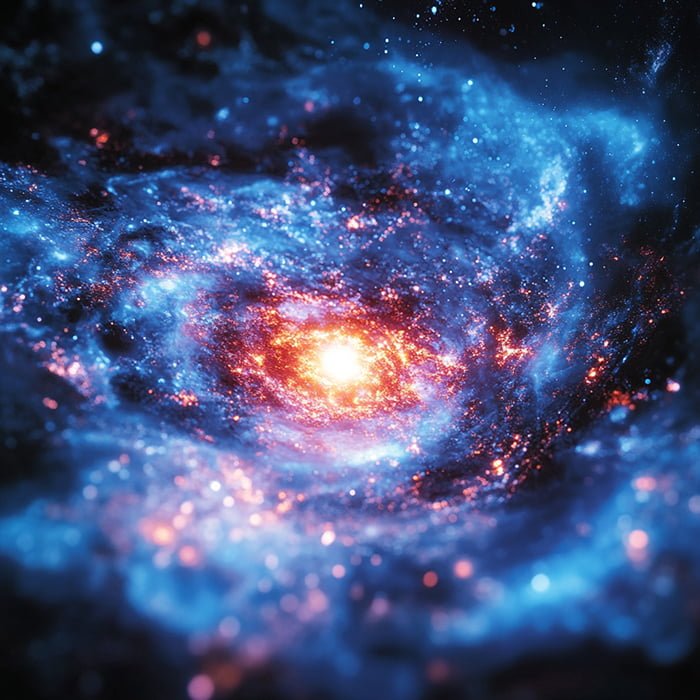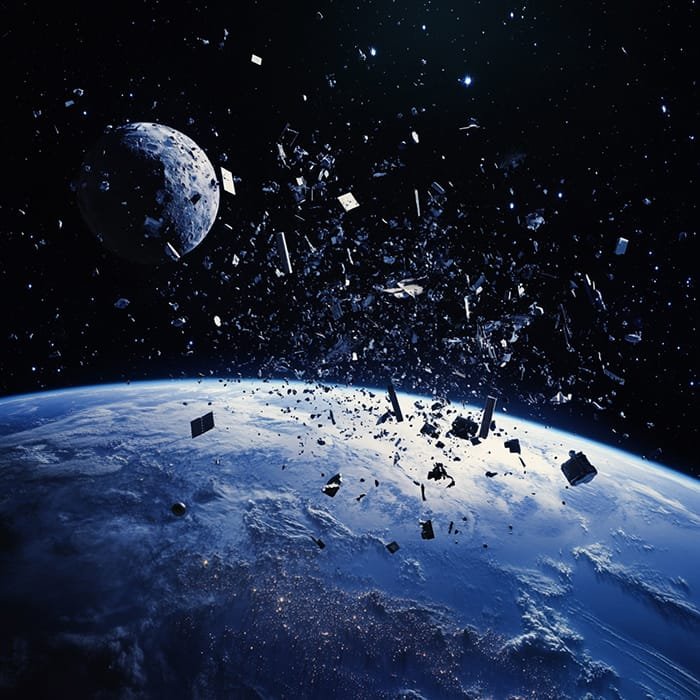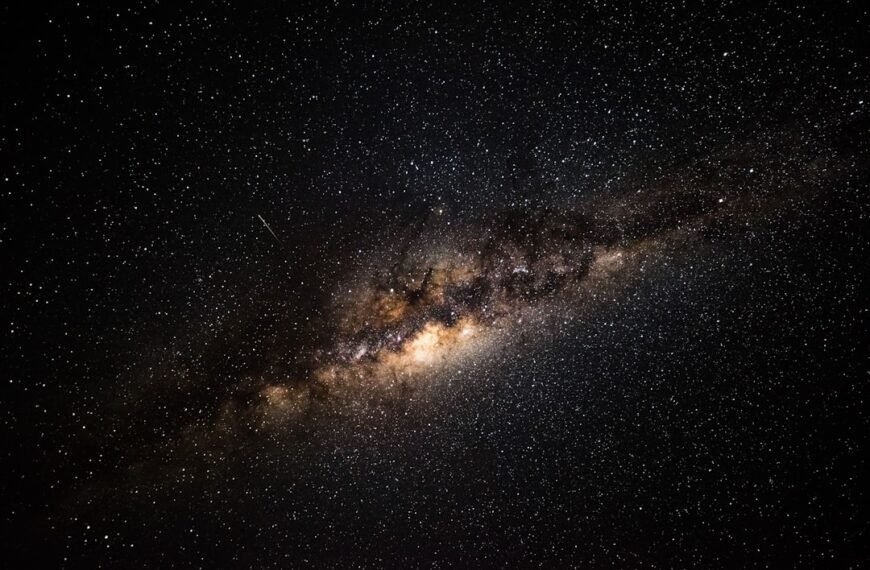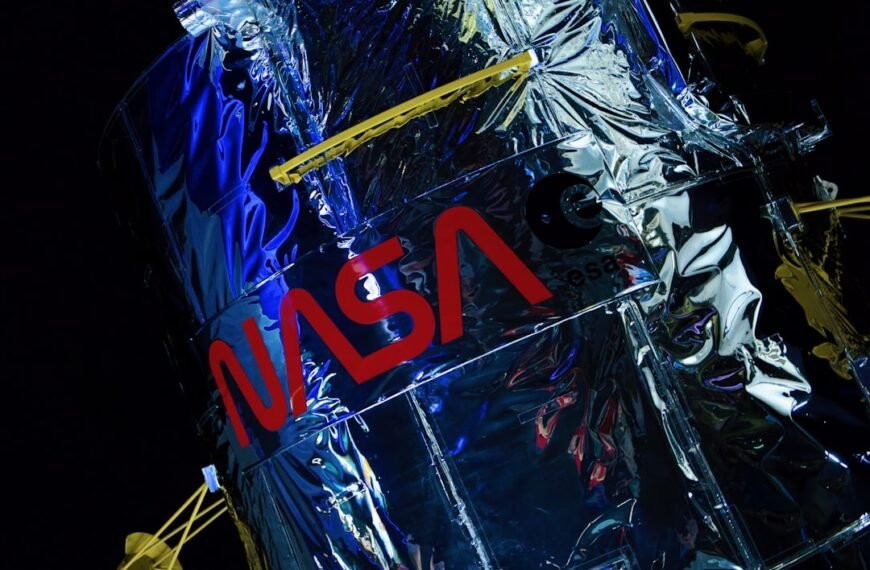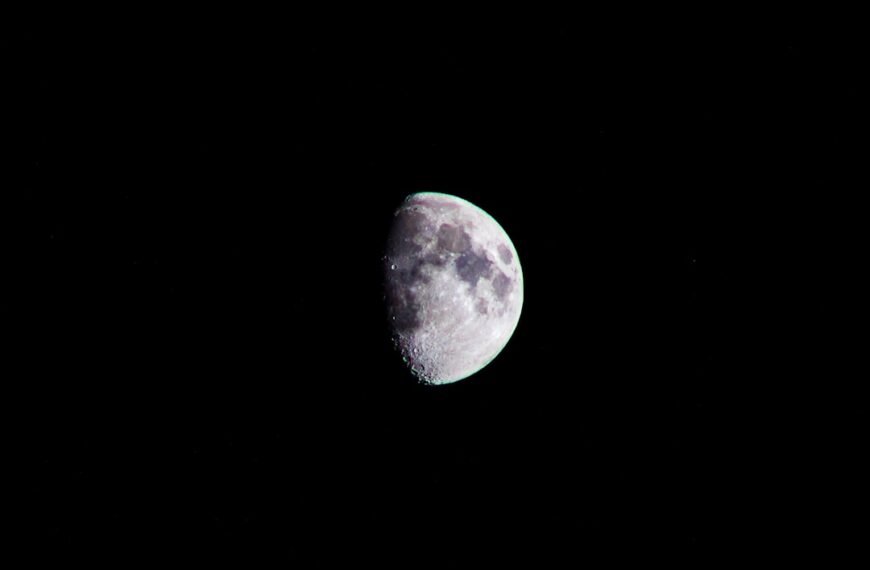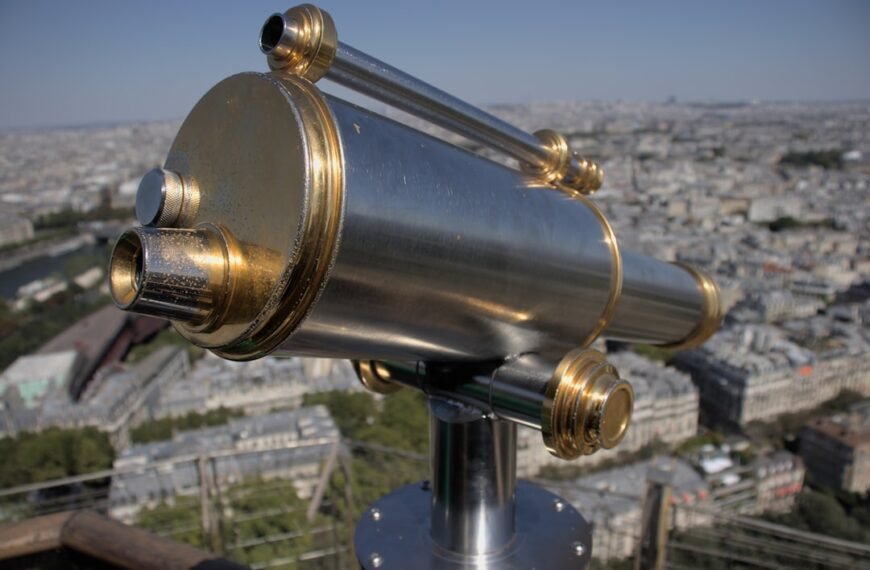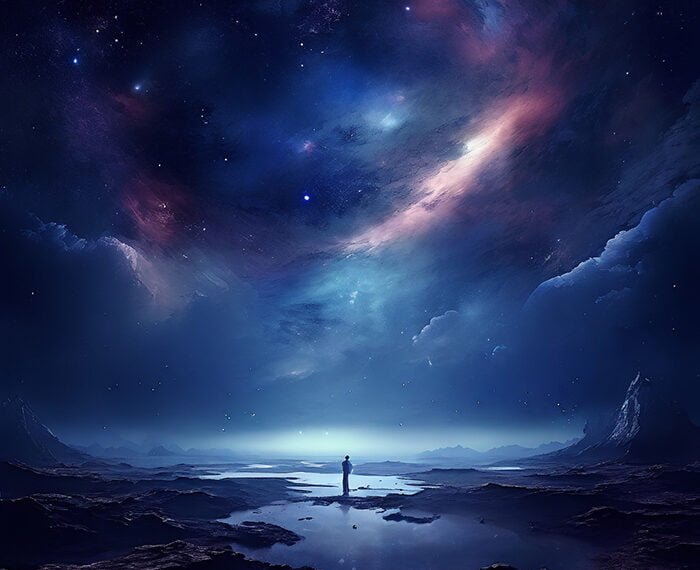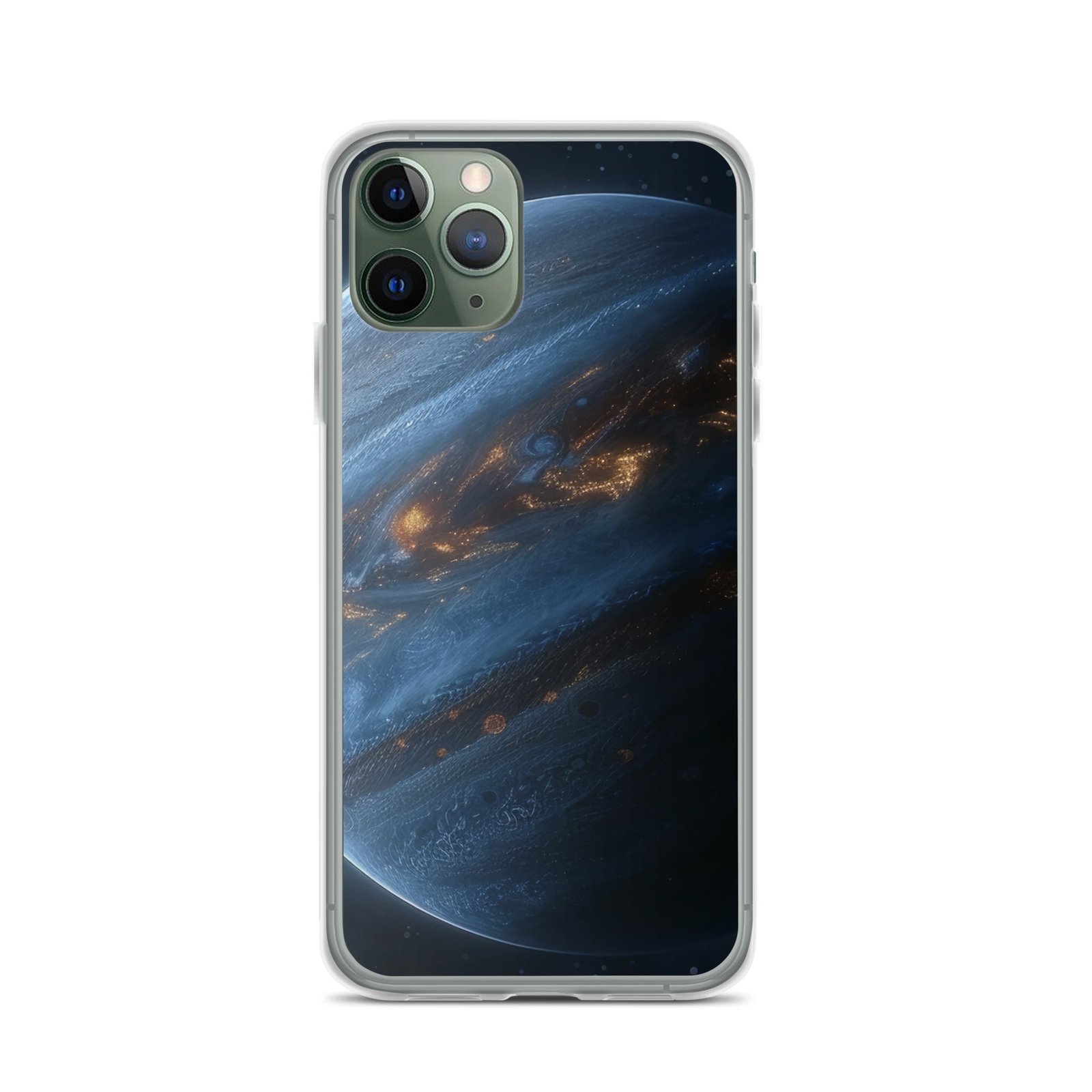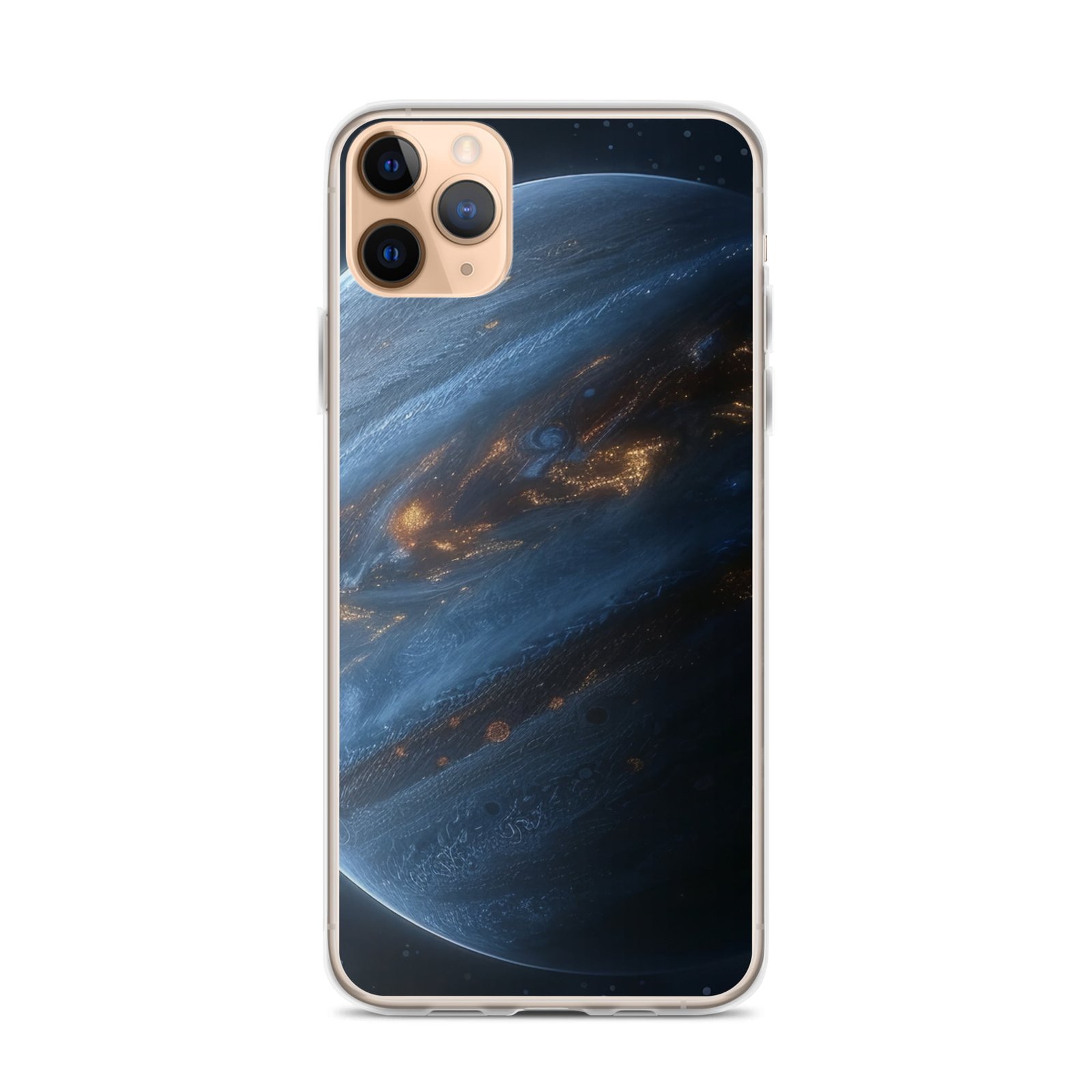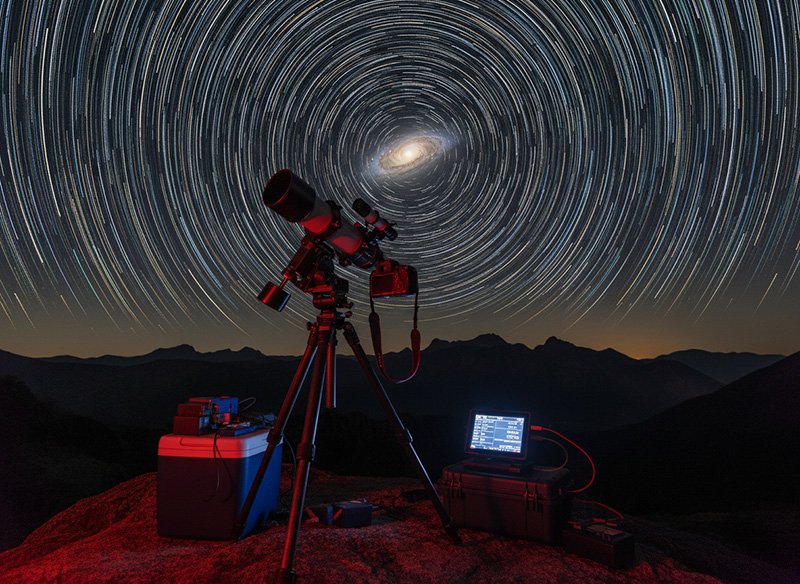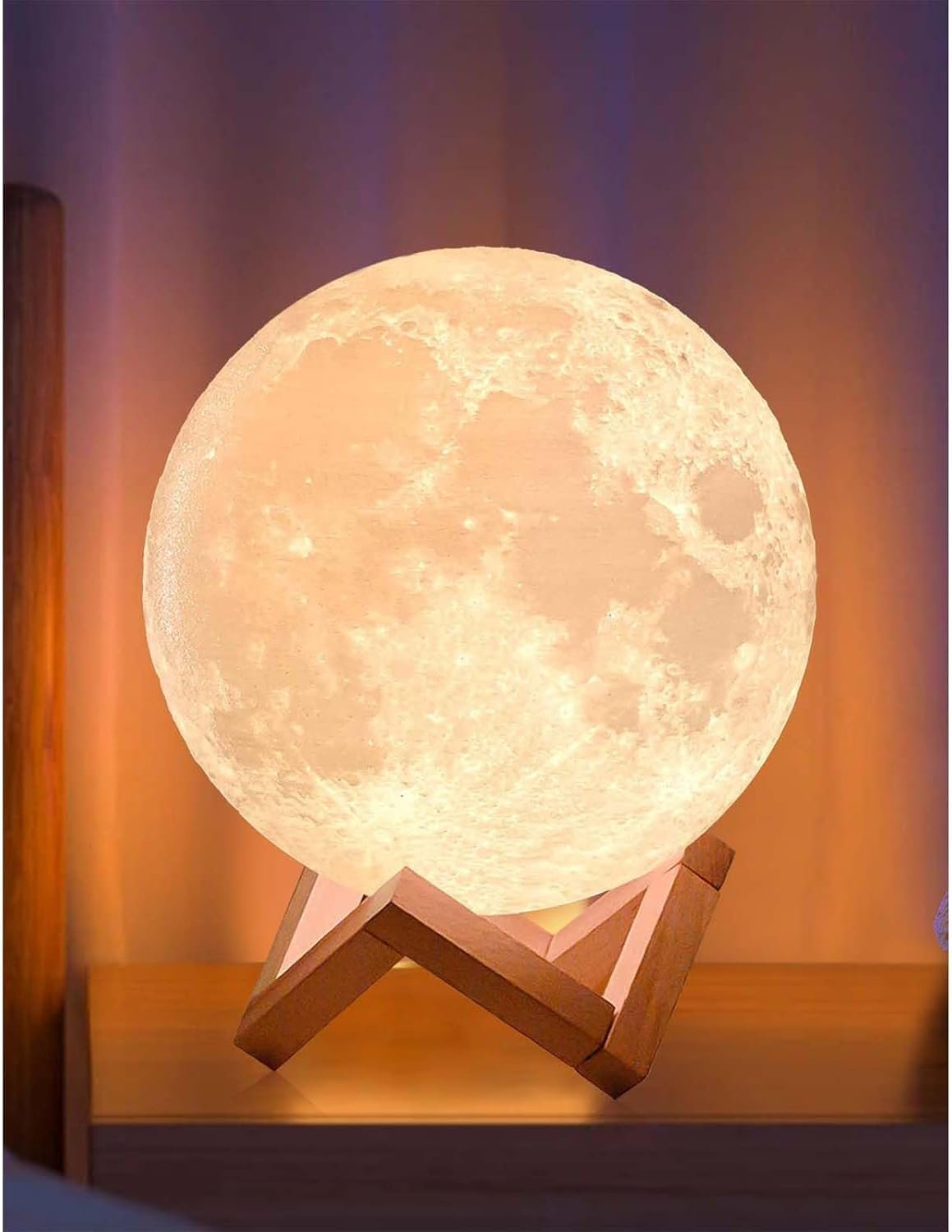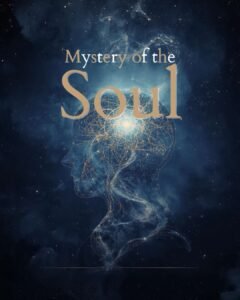What caused the Big Bang? This mystery challenges cosmology, linking cosmic inflation, quantum mechanics, and the universe’s origins.
Key Takeaways 📝
- The cause of the Big Bang remains one of the most profound mysteries in cosmology, linking complex concepts like cosmic inflation and quantum mechanics.
- Observations of cosmic microwave background radiation reveal insights into the early universe, confirming predictions made by the Big Bang theory.
- Some physicists speculate that our universe may be part of a multiverse, raising questions about the nature of reality and the origins of our universe.
- Quantum fluctuations might have played a crucial role in triggering the Big Bang, suggesting a fascinating intersection between quantum mechanics and cosmology.
- The ongoing research, including advancements from the James Webb Space Telescope, continues to explore the universe’s beginnings and could reshape our understanding of existence itself.
The Enigma of the Big Bang
The question “What was the cause of the Big Bang?” is one of the most profound inquiries in cosmology. The Big Bang theory, which describes the universe’s inception from a singularity, is the cornerstone of modern cosmological models. It suggests that the universe began as an extremely hot and dense point approximately 13.8 billion years ago and has been expanding ever since. Despite its widespread acceptance, the exact cause of the Big Bang remains a mystery, sparking curiosity and debate among scientists and philosophers alike.
Understanding the Big Bang Theory
The Big Bang theory posits that the universe originated from a singularity, a point of infinite density and temperature. This theory is supported by several key observations, including the cosmic microwave background (CMB) radiation and the distribution of galaxies. The CMB, discovered in 1964 by Arno Penzias and Robert Wilson, is the afterglow of the Big Bang, providing a snapshot of the early universe. Edwin Hubble’s observations in the 1920s further supported the theory by showing that galaxies are moving away from each other, indicating that the universe is expanding.
Cosmic Inflation: A Key Component
One of the critical components of the Big Bang theory is the concept of cosmic inflation. Proposed by physicist Alan Guth in the 1980s, cosmic inflation suggests that the universe underwent an exponential expansion within the first fractions of a second after the Big Bang. During this period, the universe expanded faster than the speed of light, smoothing out any irregularities and setting the stage for the formation of matter and radiation. This rapid expansion helps explain the uniformity of the CMB and the large-scale structure of the universe.
The Mystery of the Cause: What Triggered the Big Bang?
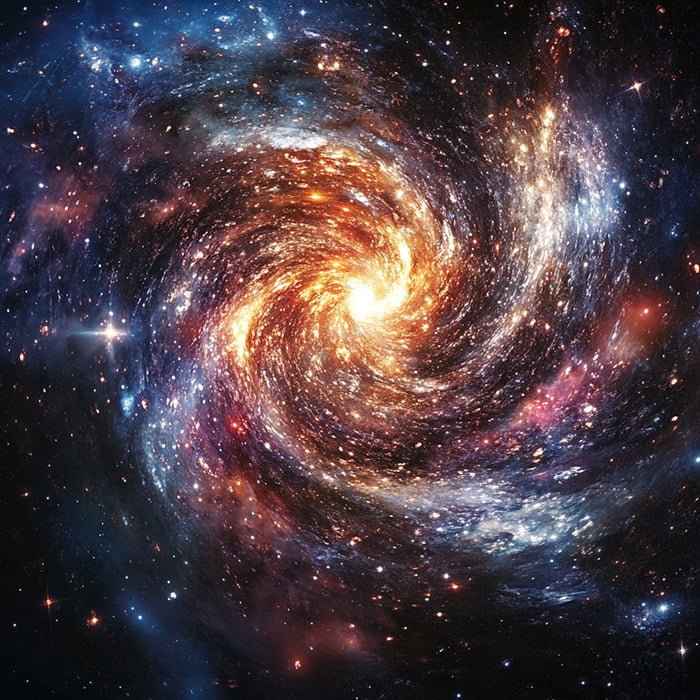
Despite the detailed understanding of the events following the Big Bang, the cause of the initial explosion remains elusive. Theories suggest that the universe began from an infinitesimally small singularity, but what triggered this singularity to expand is still unknown. Some physicists propose that our universe could be one of many in a multiverse, where different universes might have different physical laws and constants. This idea, while speculative, opens up intriguing possibilities about the nature of reality and the origins of our universe.
Observational Evidence Supporting the Big Bang
Several key observations support the Big Bang theory:
- Cosmic Microwave Background Radiation: The CMB is the afterglow of the Big Bang, providing a snapshot of the early universe. Its uniformity and spectrum are consistent with predictions made by the Big Bang theory.
- Expansion of the Universe: Edwin Hubble’s observations showed that galaxies are moving away from each other, indicating that the universe is expanding. This expansion is a fundamental prediction of the Big Bang theory.
- Nucleosynthesis of Light Elements: The formation of light elements such as hydrogen, helium, and traces of lithium within the first few minutes of the universe’s existence aligns with predictions made by the Big Bang theory.
Alternative Theories: Beyond the Big Bang
While the Big Bang theory is the most widely accepted model, there are alternative theories that attempt to explain the universe’s origin:
- Eternal Inflation: This theory suggests that inflation is a never-ending process, creating multiple “bubble universes” within a larger multiverse. Each bubble universe could have different physical laws and constants.
- Oscillating Universe: This model proposes that the universe undergoes a series of expansions and contractions, potentially avoiding the need for a singular beginning. In this scenario, the universe could be eternal, with no definitive starting point.
- Big Rip and Big Freeze: These theories predict different fates for the universe based on the behavior of dark energy. The Big Rip suggests that dark energy could eventually tear the universe apart, while the Big Freeze posits that the universe will gradually cool and thin out.
The Role of Quantum Mechanics
Quantum mechanics plays a crucial role in understanding the early universe and the potential causes of the Big Bang. Some theories suggest that quantum fluctuations in a vacuum could have triggered the Big Bang. These fluctuations, governed by the principles of quantum mechanics, could have created the conditions necessary for the universe to begin expanding. This idea aligns with the concept of a multiverse, where different quantum fluctuations could give rise to different universes.
Philosophical Implications: The Nature of Existence
The question of what caused the Big Bang also has profound philosophical implications. It challenges our understanding of causality and the nature of existence. If the universe began from a singularity, what existed before it? Was there a “before,” or is time itself a construct that emerged with the universe? These questions push the boundaries of science and philosophy, inviting us to explore the fundamental nature of reality.
The Search for Answers: Ongoing Research and Discoveries
Ongoing research and observations continue to shed light on the early universe and the potential causes of the Big Bang. The James Webb Space Telescope, for example, is expected to provide deeper insights into the early universe, helping scientists refine their models and theories. Additionally, experiments in particle physics, such as those conducted at the Large Hadron Collider, aim to recreate conditions similar to those of the early universe, offering clues about its origins.
The Unsolved Mystery of the Big Bang
The cause of the Big Bang remains one of the greatest mysteries in cosmology. While the Big Bang theory provides a robust framework for understanding the universe’s evolution, the initial trigger for the explosion is still unknown. Theories such as cosmic inflation, quantum fluctuations, and the multiverse offer intriguing possibilities, but definitive answers remain elusive. As research continues and new discoveries are made, we may come closer to understanding this profound question, unraveling the mysteries of our universe’s origins.
In the quest to answer “What was the cause of the Big Bang?”, we are not only exploring the beginnings of our universe but also delving into the very nature of existence itself. This journey of discovery is a testament to human curiosity and our relentless pursuit of knowledge, pushing the boundaries of science and philosophy in our quest to understand the cosmos.

